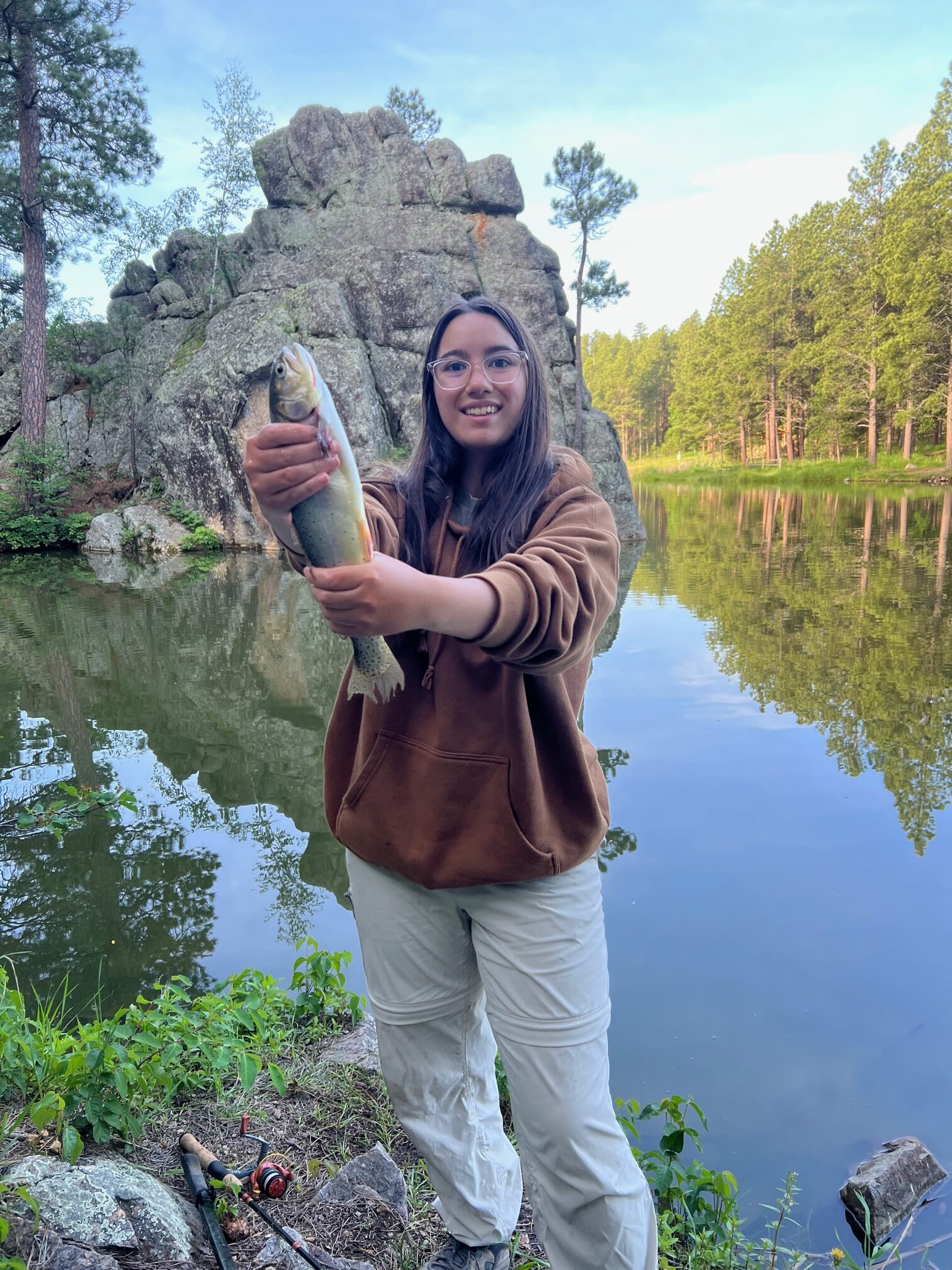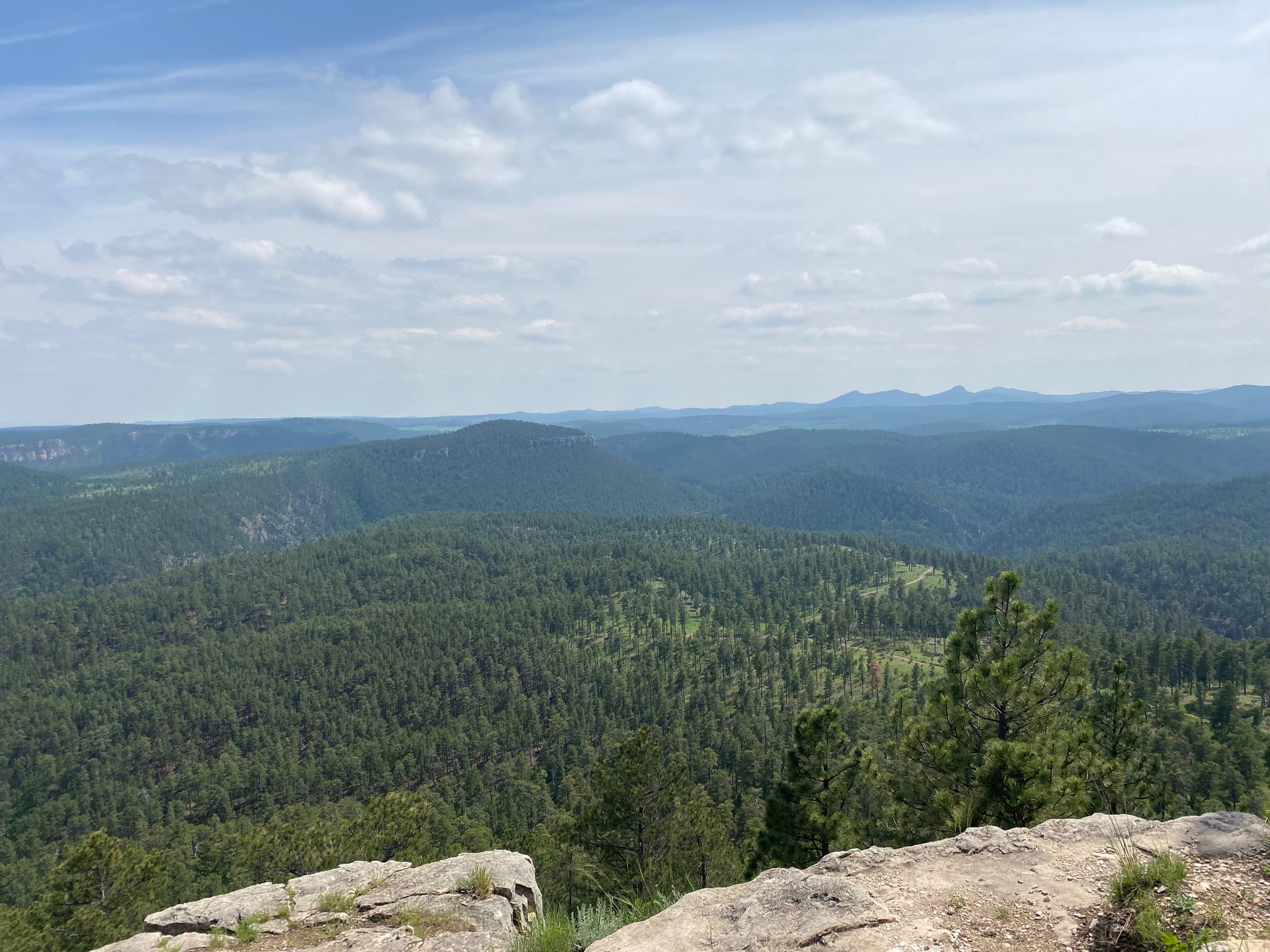The first week of interning was mainly an introduction to the Forest Service, trainings, learning local plant species and getting to know our team. We took trips to the field and collected plants to make our own sort of field guide to the grasslands. I also took one of the most interesting driving tests of my life. Our driving instructor (Brian Dickerson) wanted us to get some solid experience driving the trucks on dirt roads, so he took us on probably the most treacherous road in the area. I’m talking winding turns, loose gravel, lakes in the middle of the road, and steep boulders I didn’t even know the truck was capable of climbing. At the end of the day though, it did make me a more confident driver…I think. After drivers test, we got to help Brian check on some owl boxes in the area and look for frogs in the mud. Overall, 10/10.
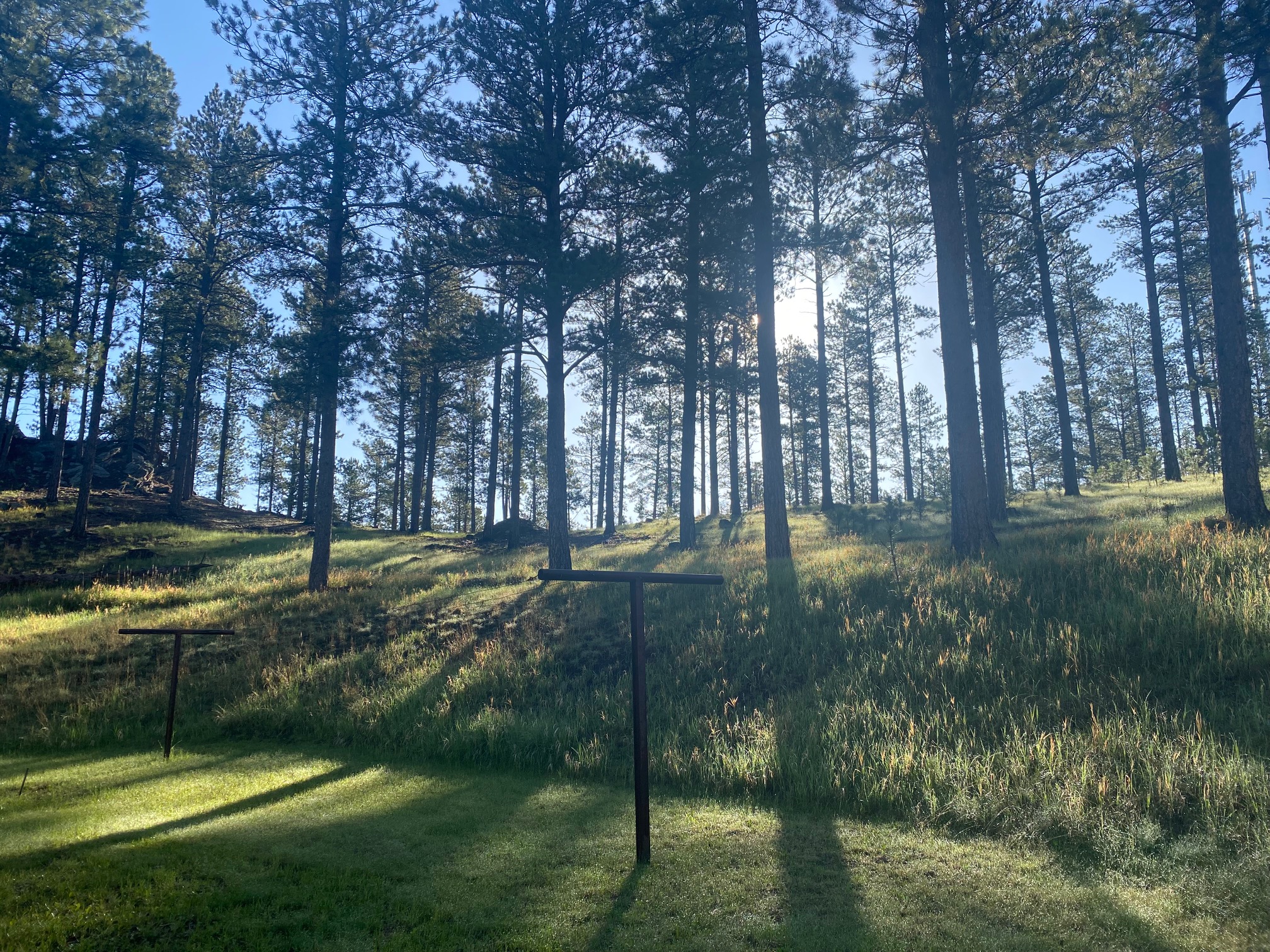
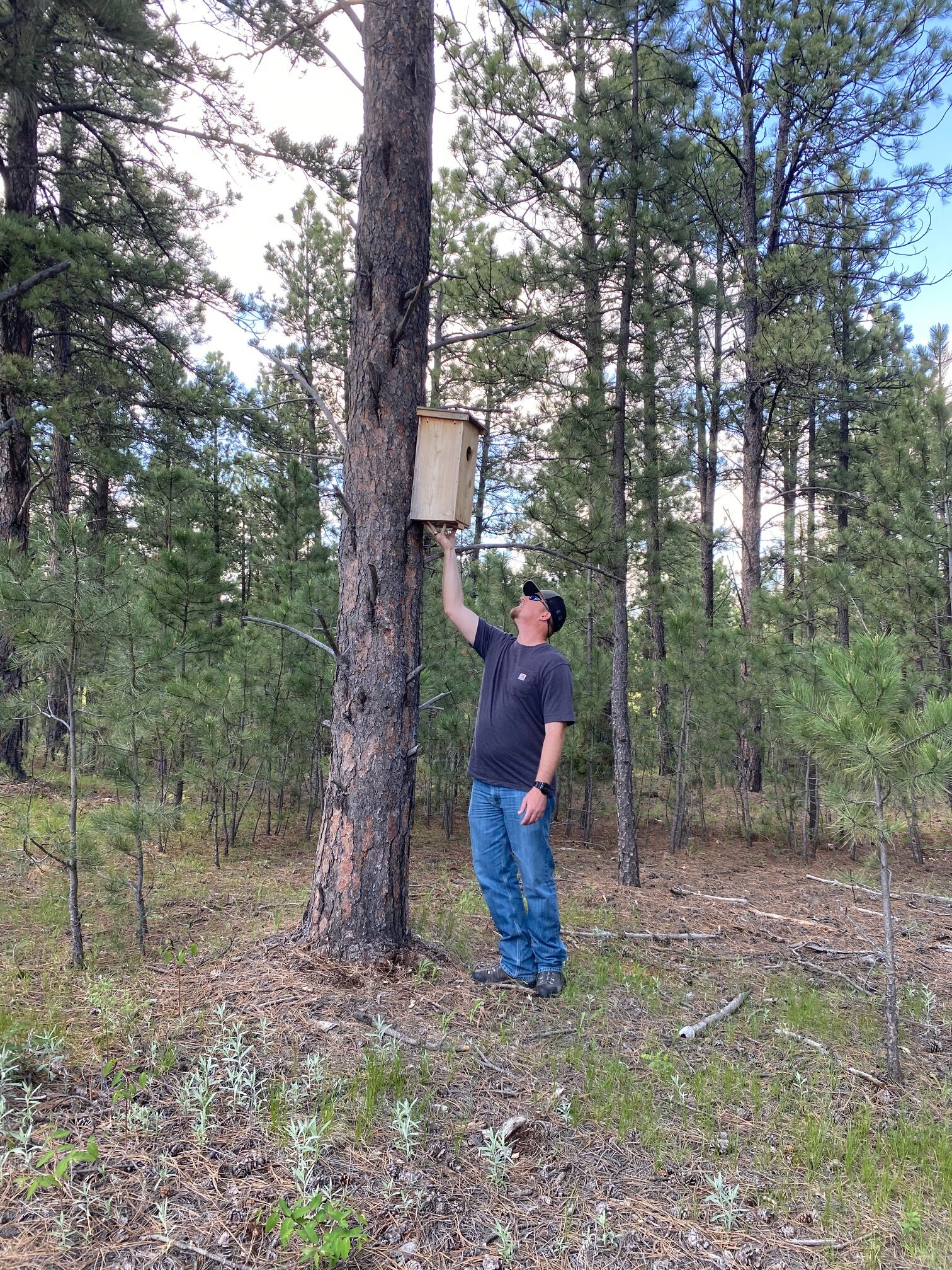
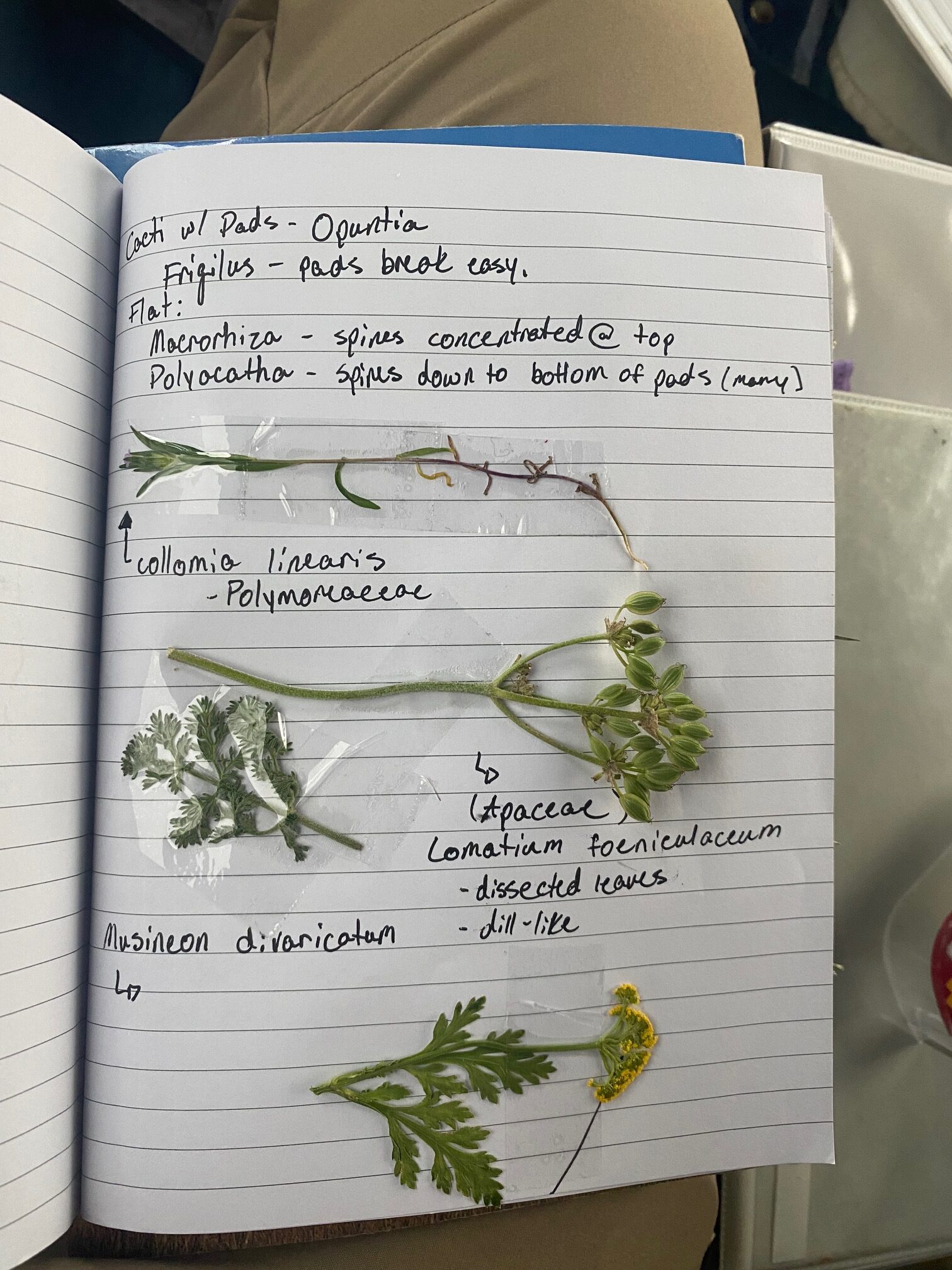
Week two was where things got interesting. We started the process of aerial cover on our plots out at the Hay Canyon field site. This basically consists of moving large (heavy) “boardwalks” over each plot, identifying all species within a particular area of the plot, and then estimating the cover of each with another coworker. The first couple of days, it was pretty difficult for me to do all three of those things. I referred back to my field guide a lot and practically trial and errored my cover estimates until I could present a reasonable argument to my team member. We also started performing stem counts in the plots. For this procedure, a small PVC rectangle is placed in the lower left corner of the plot. Every single stem within this small rectangle must be identified to species and counted. Looking at the size of the rectangle, it does not seem so bad. However, some of the plots contain tricky species like Bouteloua gracilis, Bouteloua dactyloides, and Carex filifolia. Picking through each and every stem, verifying it is an actual stem, identifying it, and recording it can become a bit tedious at times, but I do feel quite accomplished when I am finished. Aerial cover and stem counts made up the majority of this last month, and I have gotten pretty good at identifying plant species.
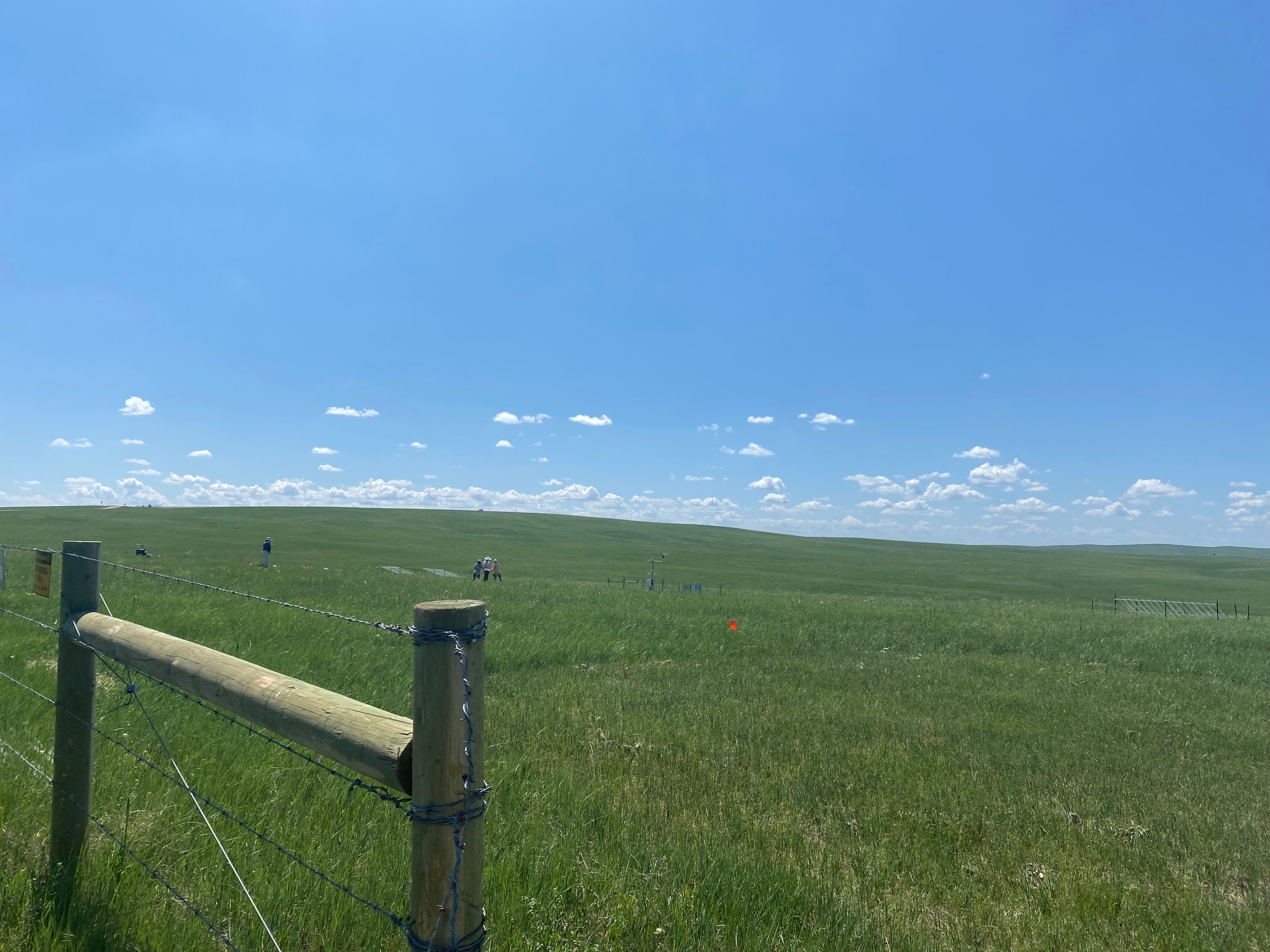
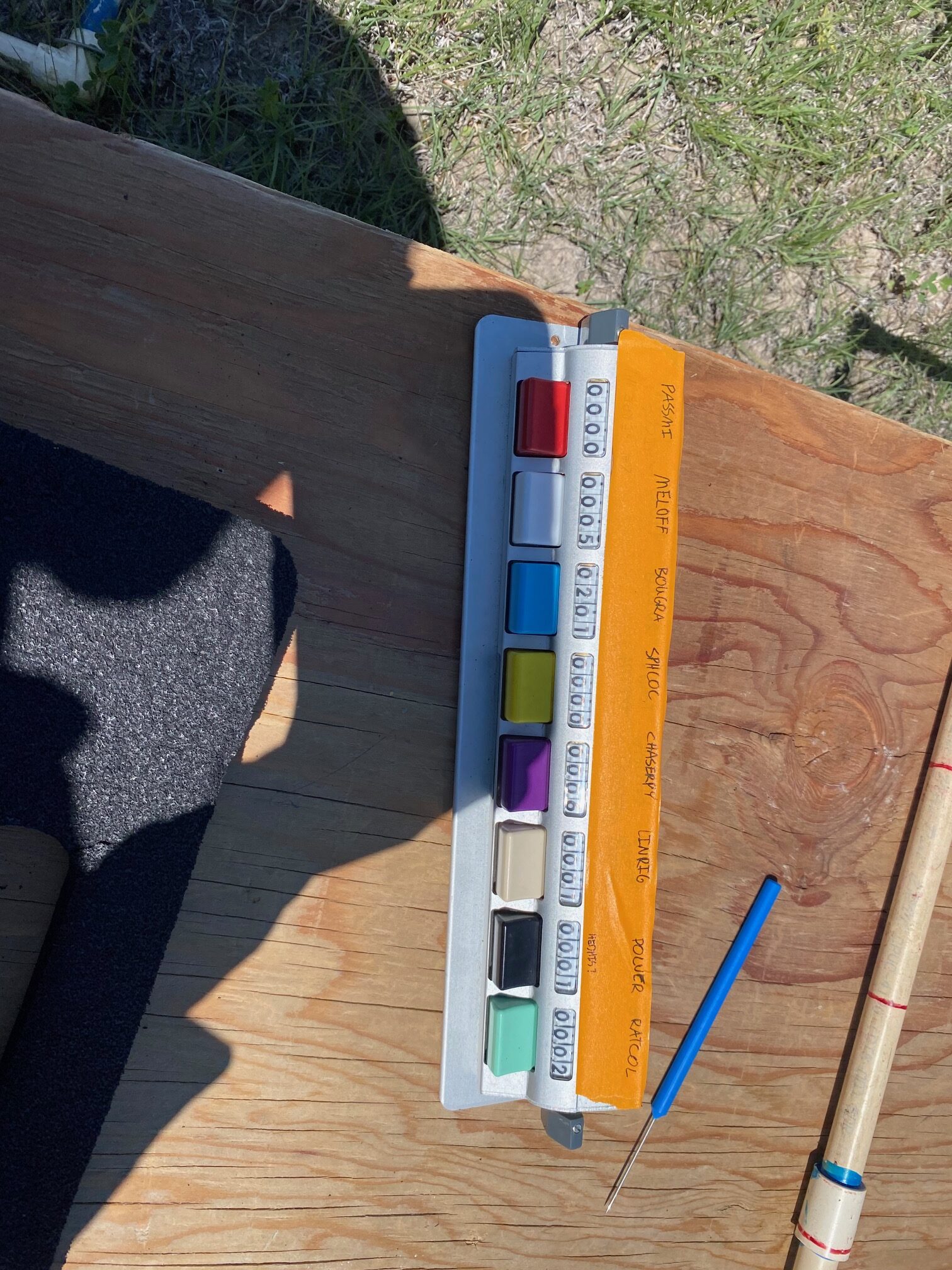
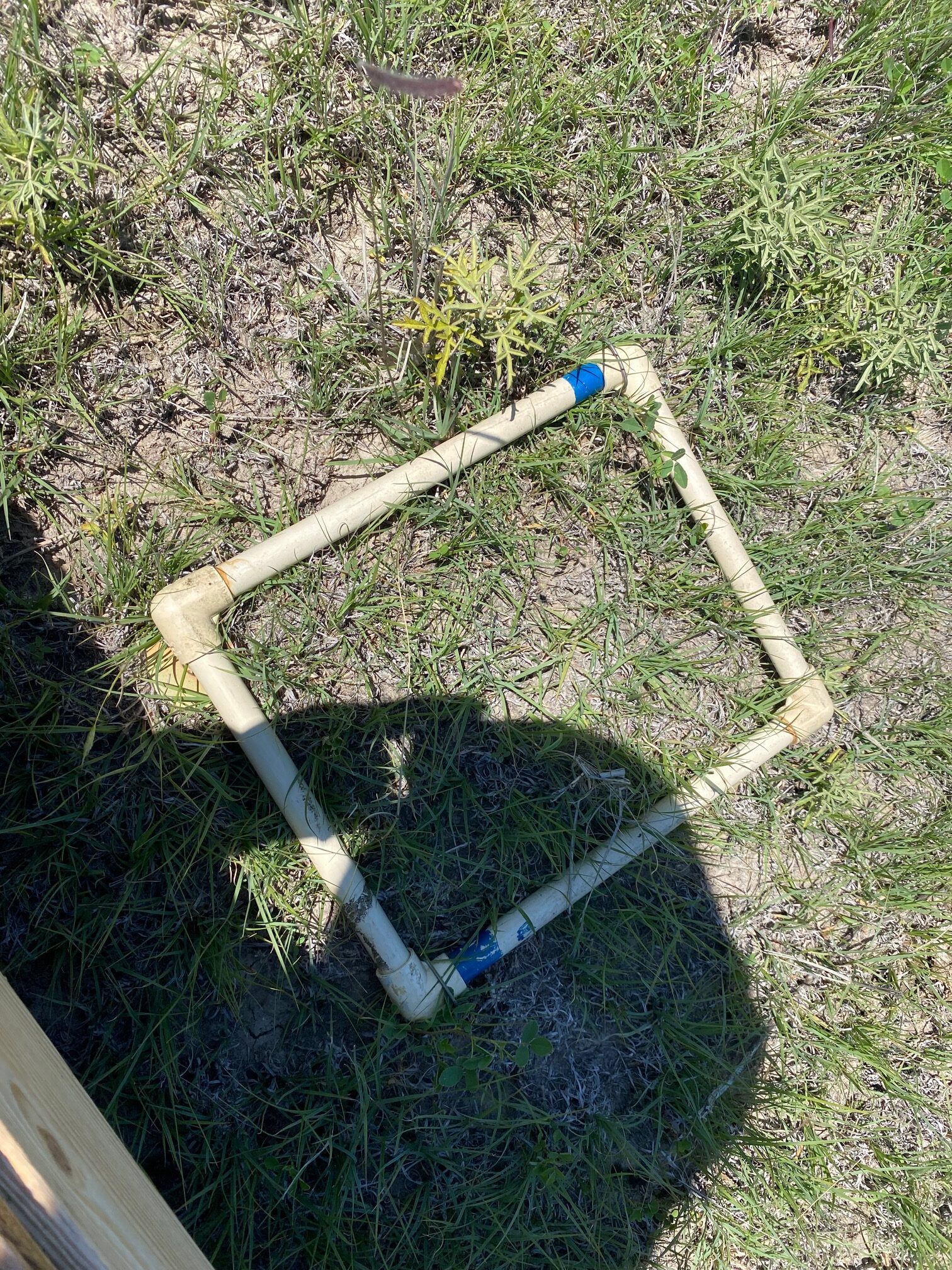
Stem demography was next on the training list. We took measurements of development stage, stem length, and leaf length of marked grasses within each plot. This activity was rather cushy, compared to aerial cover and stem counts. One person sits and records all the numbers, while the other looks measures the stems of a small amount of grasses.
We also learned some new skills when it comes to measuring soil moisture, weather patterns, and maintaining the equipment. There are PVC tubes that go straight into the ground in the middle of each plot. Using a soil moisture probe, we can precisely measure changes in the soil throughout the growing season. We also use less advanced probes to measure the soil moisture at just two specific depths using a system called EC-5. The weather station monitors sunlight, wind, and precipitation at each of the field sites. We learned how to perform checks on all of the equipment. Lastly, our rainout shelters are an important part of the project. They simulate an extreme drought by blocking 50% of the precipitation a plot receives. Studying the differences in plant species and demography at these plots tells us a lot about how the grassland responds to drought. The shelter (see picture below) is at the mercy of the elements. The plastic shingles can become brittle in the sunlight, be severely damaged by the wind, and most recently, be absolutely annihilated by hail. After the last big storm, every single one of our rainout shelters at the badlands site was damaged and needed shingles to be replaced. Needless to say, we all learned a lot about maintaining these shelters.
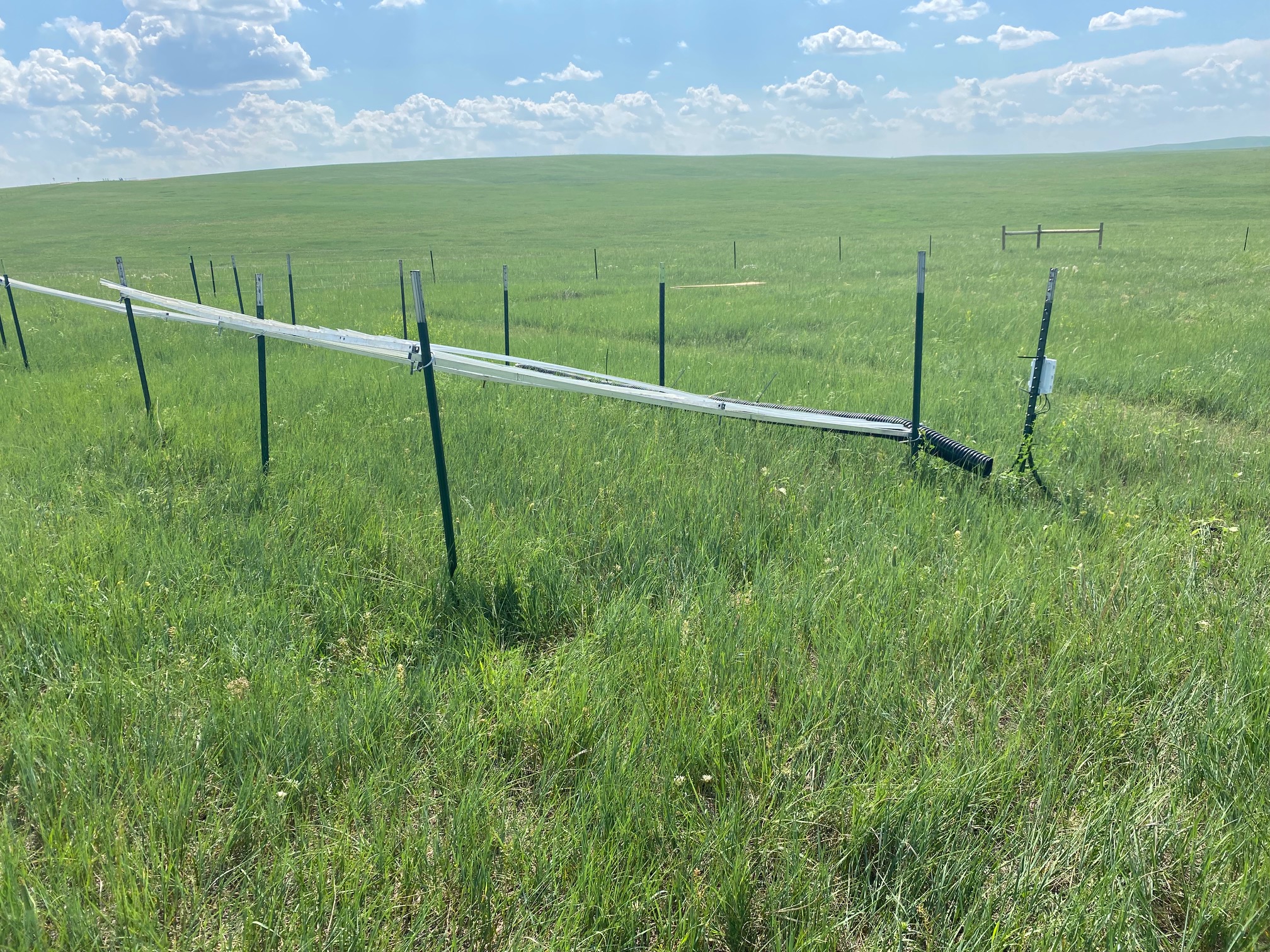
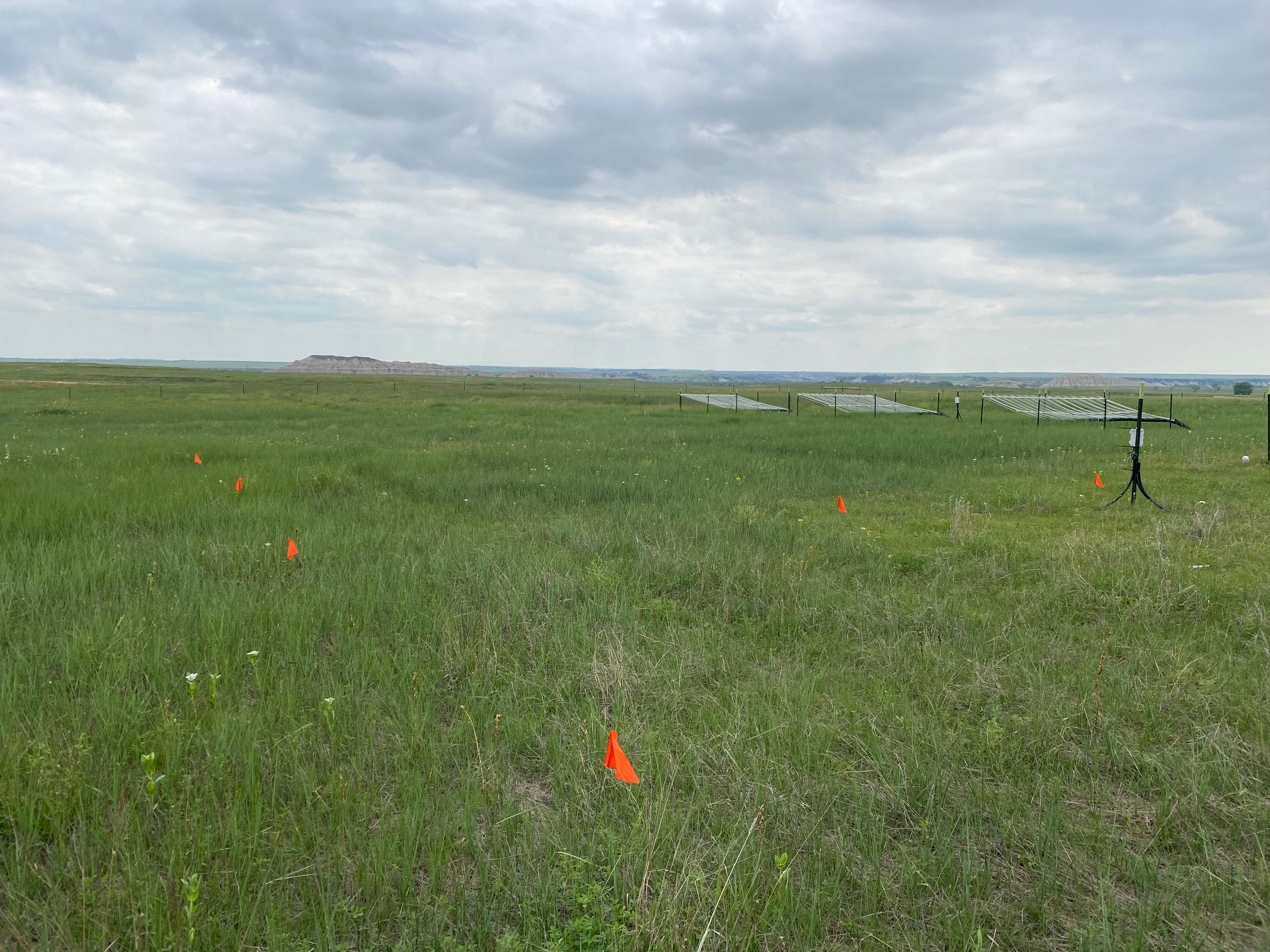
After we finished aerial cover, stem counts, and stem demography for the Hay Canyon site, we got to move on to the Cedar Pass site, which is just south of Badlands National Park. The views from this site are beautiful, and the flora and fauna is just as interesting. However, the mosquitos, flies, and extreme heat were a bit much some days. It felt like no matter how much deet bug spray I put on, the insects still wanted to be all up in my business (and eyes, and nose, and ears). Like Tess said one day, “The flies are a great motivator to finish your stem counts quickly”. Last week, the heat got pretty unbearable in the badlands. There was little to no wind, no cloud cover, and radiating heat all day. I drank more water than I think I have my whole life and still ended up a little light headed. At least the view is good!
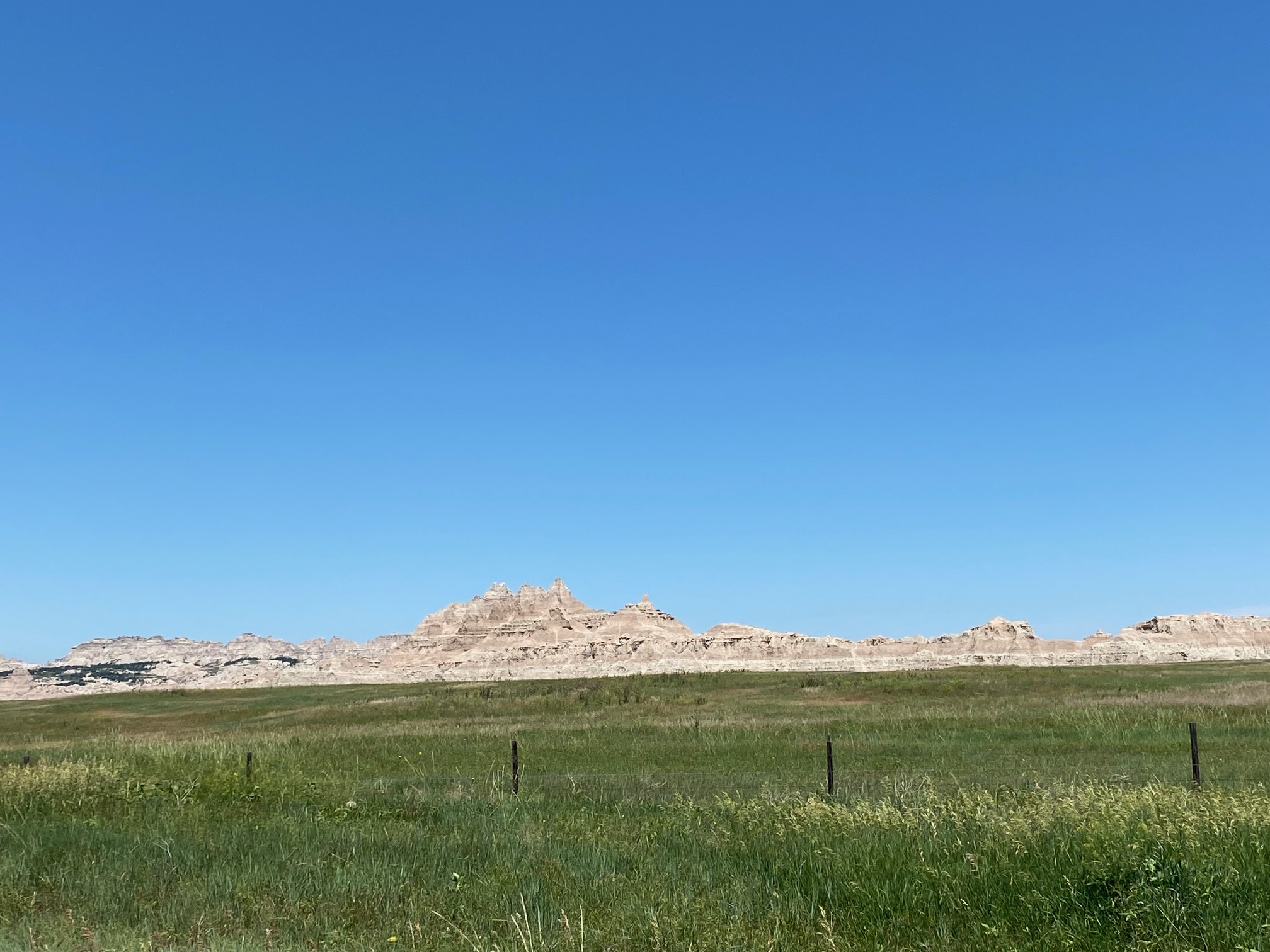
Our team has some fun stories and quirks. One of our supervisors, Jackie, is super energetic and even has her own catchphrases. “Take it to eleven”, referencing the movie “This is Spinal Tap” is one of them. One of the other interns, Kyle, always has a crazy story to tell about childhood, college, or culinary masterpieces (i.e. something he calls “Creamy Beans”). Perhaps one of the most interesting quirks of the team is the banana peel game. This all started when one of their previous seasonals threw a banana peel at Jackie. This seasonal, Brian, and Jackie began a years long banana war, where they would either throw banana peels at each other or hide them in some way. Think: banana peels on cars, in the mail, at your desk, etc. One day, I had a banana at lunch, and Jackie asked for the peel. She placed part of the peel on the dash of our coworkers car, and the other part in the gas cap. Our coworker later found the peel and sent a very serious text about his theories on how the rainout shelters got so destroyed. He believes it was not the hail, but in fact a very devious banana. The holes in the rainout shelters are about the the right size, so it makes sense. Jackie thinks it was more likely a cutie clementine, but apparently they are more into credit card fraud then destruction of property.
So far, I really like working with my team and living the Black Hills. When I am not counting grass out in the middle of no-man’s-land, I am most often enjoying the camping, hiking, and fishing in the area with my boyfriend. The views are stellar, and fishing is pretty good too :).

